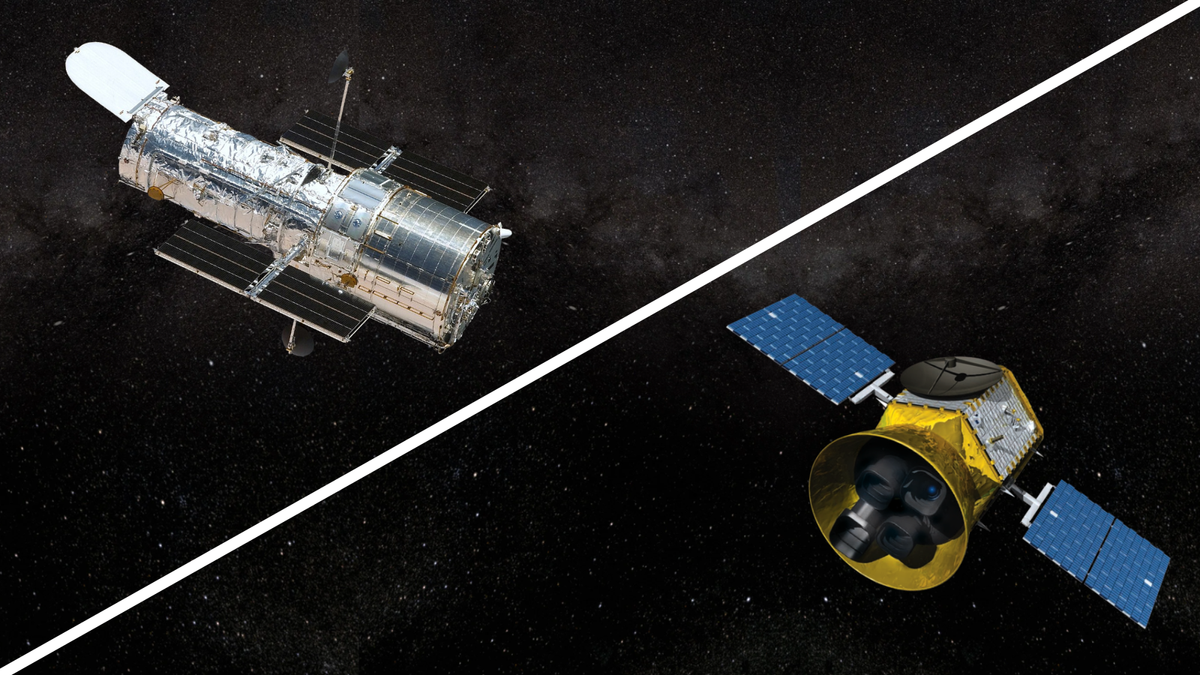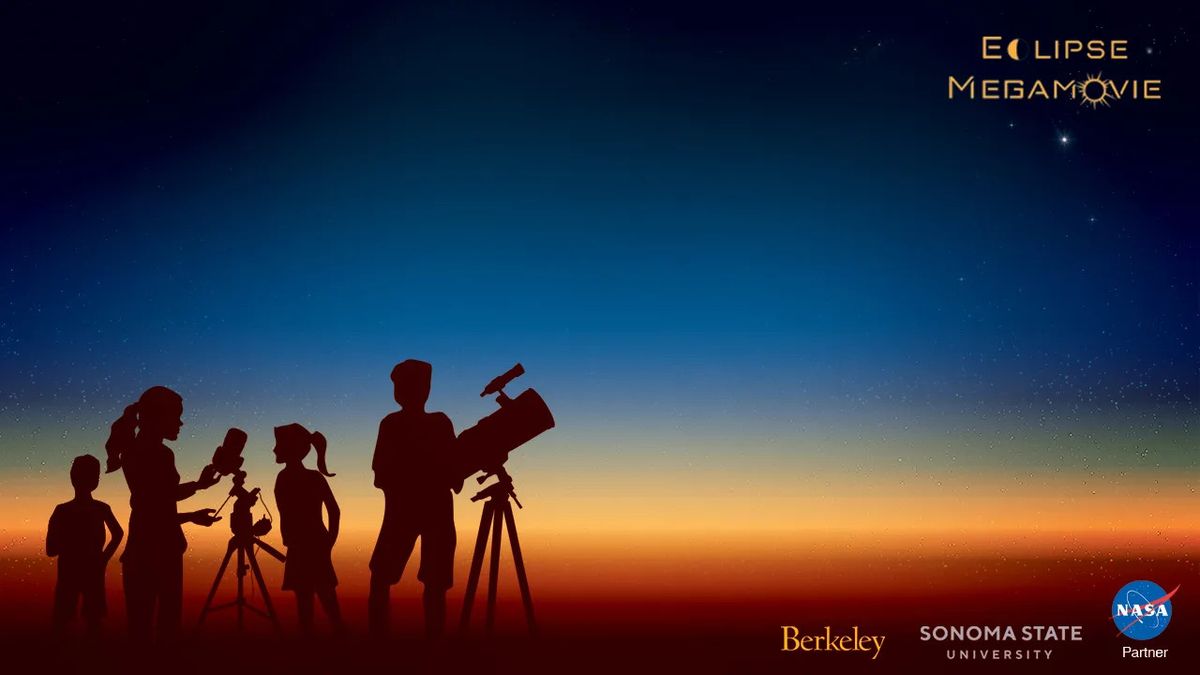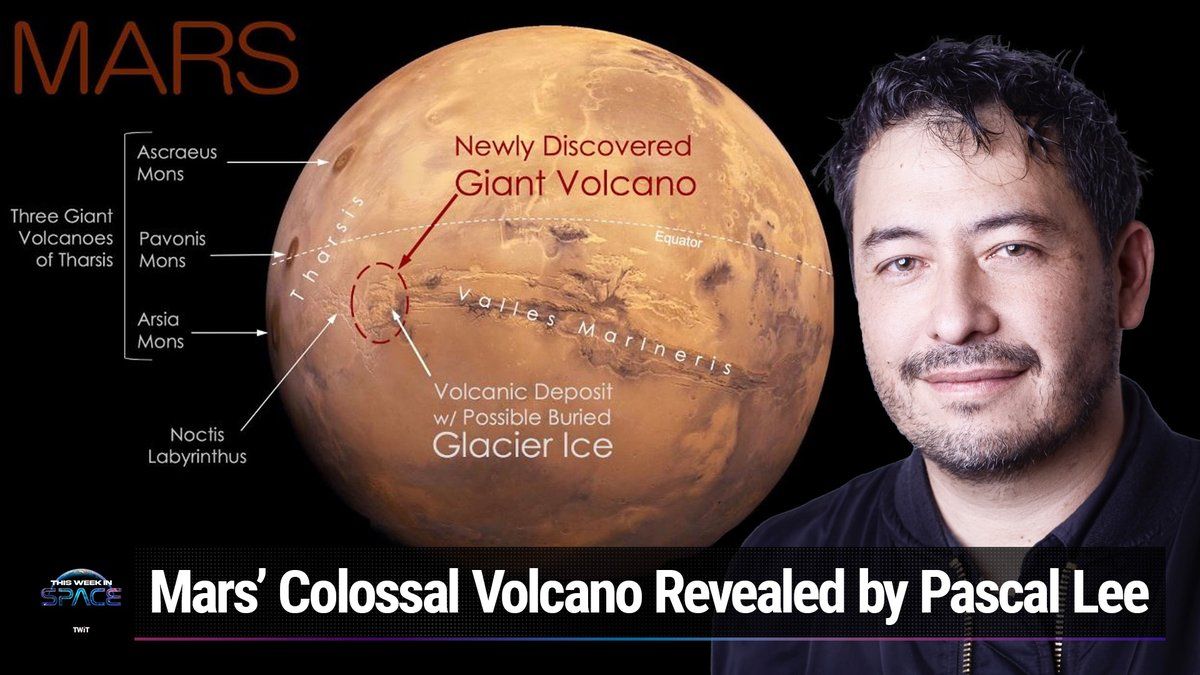NASA Restores Hubble Space Telescope to Full Operation
Recently, NASA successfully restored the Hubble Space Telescope to full operation after it spent a week in safe mode. This development allowed the spacecraft to resume its scientific activities, marking a significant milestone for the venerable telescope. However, the celebration was somewhat muted due to the uncertain status of NASA’s exoplanet-hunting satellite, the Transiting Exoplanet Survey Satellite (TESS).
Gyroscope Glitch
The Hubble Telescope was placed in safe mode on April 23, coinciding with the cessation of TESS’s data collection activities. The root cause of the Hubble’s interruption was a malfunction in one of its three gyroscopes, essential for determining the telescope’s orientation. In contrast, the reason behind TESS’s service disruption remains unknown, adding to the mystery surrounding the situation.
Engineers at NASA were in the process of configuring Hubble to operate using just one gyroscope. A recent NASA update revealed that the issue had been resolved, with Hubble back to functioning with three gyros. The space agency confirmed that all instruments on Hubble were operational, and the telescope had resumed capturing scientific data.
This particular gyro had caused problems in the past, transmitting inaccurate readings back to Earth, leading to a shutdown in November 2023. Presently, these three gyros represent the final functional units from a set of six installed during the fifth and last space shuttle servicing mission in 2009.
TESS Investigation
Conversely, NASA indicated that the TESS shutdown was still shrouded in ambiguity. The agency disclosed that the TESS team was actively investigating the underlying reason behind the shutdown, seeking ways to restore TESS to full operational capability.
Moreover, NASA is investigating a separate safe mode event that caused TESS to halt operations earlier last month. NASA announced that TESS went offline on April 8, resumed functioning after resolving the glitch on April 17, and eventually entered safe mode again six days later. The investigation aims to establish any potential connection between these occurrences.
Extended Missions
TESS concluded its primary mission in July 2020 and wrapped up its first extended mission in September 2022. Presently in its second extended mission phase, NASA recently sought input on scientific priorities for TESS’s future extended missions.
Both the Hubble and TESS telescopes celebrated anniversaries recently. TESS commemorated six years since its launch atop a SpaceX Falcon 9 rocket on April 18, 2024, while Hubble marked 34 years in space on April 24, 2024, having launched as part of the Space Shuttle Discovery’s STS-31 mission in 1990.
Image/Photo credit: source url





